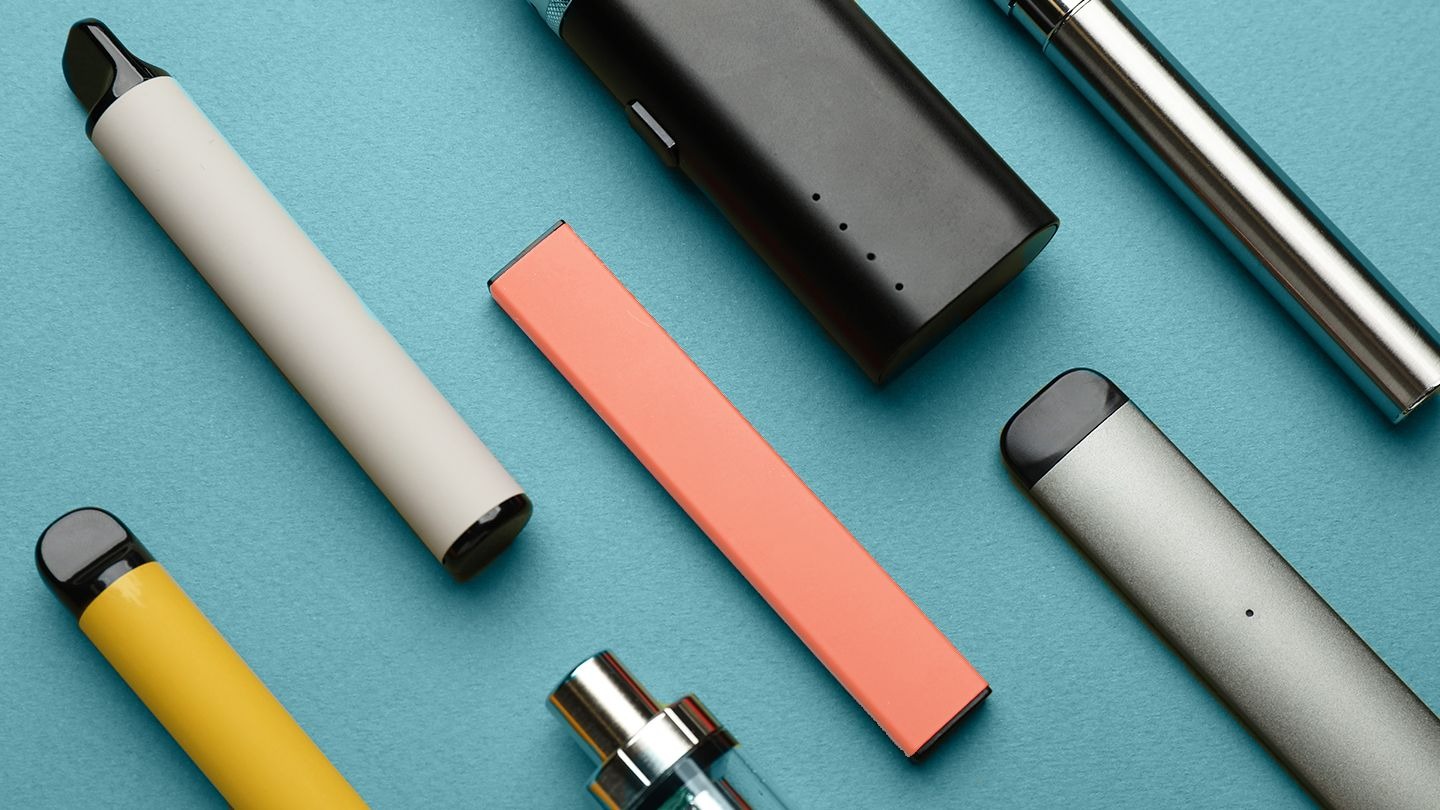The high voltage ceramic capacitor industry has witnessed significant technological advancements in recent years, driven by the increasing demand for more efficient, reliable, and durable components across various industries. These innovations aim to enhance the performance, stability, and lifespan of high voltage ceramic capacitors, making them essential for applications in power electronics, industrial machinery, telecommunications, and more. This article will explore the latest innovations in high voltage ceramic capacitor technology and how they contribute to the evolution of this crucial component. Understanding these advancements is key for engineers and designers seeking optimal performance in their systems, particularly when selecting a high voltage ceramic capacitor.
1. Development of High-K Dielectrics
One of the most notable innovations in high voltage ceramic capacitors is the development of high-k (high-permittivity) dielectric materials. These materials allow capacitors to store more charge in a smaller volume, which is essential for high voltage applications where space is limited. High-k dielectrics improve the capacitance density, enabling capacitors to maintain high performance while reducing their overall size.
Advantages of High-K Dielectrics:
- Increased capacitance: High-k materials allow capacitors to store more energy per unit of volume, increasing the capacitor’s efficiency.
- Miniaturization: With higher capacitance in smaller packages, these capacitors are ideal for space-constrained applications without sacrificing performance.
- Enhanced voltage endurance: High-k dielectrics are better able to withstand high voltages, improving the capacitor’s reliability in demanding applications.
2. Improved Temperature Stability
Temperature stability is a critical factor for capacitors operating in environments with extreme temperature fluctuations. Recent innovations in high voltage ceramic capacitors focus on improving temperature tolerance by developing advanced dielectric materials that exhibit minimal capacitance variation with changes in temperature.
Benefits:
- Consistent performance: Capacitors with better temperature stability maintain their capacitance and voltage rating across a wider temperature range, ensuring reliable performance in hot or cold environments.
- Longer lifespan: Reduced temperature-induced stresses extend the operational life of the capacitor, reducing the need for replacements.
- Wide application range: These capacitors can be used in applications with extreme temperature variations, such as automotive or aerospace systems.
3. Enhanced Surface Mount Technology (SMT) Integration
Surface mount technology (SMT) has revolutionized the electronics industry by providing a more efficient method of mounting electronic components on circuit boards. High voltage ceramic capacitors have benefited from this technology, as SMT integration allows for better compactness and more efficient use of board space.
Key Innovations:
- Compact designs: SMT capacitors are much smaller and lighter, which is ideal for modern devices where space is at a premium.
- Improved reliability: SMT capacitors are often more robust and less prone to mechanical stress or damage during handling and installation compared to traditional through-hole components.
- Easier automation: SMT capacitors are easier to integrate into automated manufacturing processes, reducing production costs and increasing consistency.
4. Advanced Coating and Encapsulation Techniques
To enhance the reliability and longevity of high voltage ceramic capacitors, manufacturers have been developing advanced coatings and encapsulation techniques. These protective layers shield capacitors from environmental factors such as moisture, chemicals, and mechanical stress, which can compromise their performance.
Innovations in Coating Technology:
- Moisture resistance: Special coatings are being applied to prevent moisture from penetrating the capacitor, which could otherwise lead to failure.
- Corrosion resistance: New coatings provide better protection against corrosive elements, making capacitors more suitable for harsh industrial and outdoor environments.
- Enhanced mechanical strength: Encapsulation methods help improve the mechanical integrity of capacitors, making them more resistant to physical damage.
5. Higher Voltage and Capacitance Ratings
With the increasing demand for more powerful electronic devices and industrial machinery, high voltage ceramic capacitors are being designed to handle higher voltage and capacitance ratings. These capacitors are essential in applications like power distribution, renewable energy systems, and large-scale industrial equipment, where high energy storage and reliability are paramount.
Features of High Voltage and Capacitance Capacitors:
- Increased power handling: New advancements allow capacitors to safely handle higher voltages, enabling them to be used in more demanding applications.
- Higher capacitance density: Capacitors with higher capacitance ratings provide greater energy storage, making them more suitable for energy-intensive applications.
- Longer lifespan: With improved materials and design, capacitors with higher voltage and capacitance ratings are more durable and have a longer operational life.
6. Multi-Layer Technology for Enhanced Performance
Multi-layer technology has been a significant breakthrough in the development of high voltage ceramic capacitors. By stacking multiple layers of dielectric material and electrodes, these capacitors can achieve higher capacitance values without increasing their size. Multi-layer capacitors offer greater reliability and improved performance, particularly in high voltage applications.
Advantages of Multi-Layer Technology:
- Improved capacitance per unit volume: Multiple layers of dielectric material allow capacitors to store more charge in the same amount of space, making them ideal for applications where space is limited.
- Better voltage handling: The multi-layer structure enhances the voltage endurance of capacitors, making them capable of handling higher voltages without compromising performance.
- Reduced failure rates: The layered design improves the mechanical and electrical reliability of the capacitors, resulting in a lower risk of failure.
7. Automated Quality Control and Testing
Automation in quality control and testing processes has become increasingly sophisticated, allowing manufacturers to ensure that high voltage ceramic capacitors meet stringent performance standards. Advanced testing methods, such as automated visual inspection, ultrasonic testing, and high-precision capacitance measurement, ensure that each capacitor meets the required specifications.
Benefits of Automated Testing:
- Consistency: Automated systems provide consistent and repeatable results, ensuring that every capacitor meets the same high standards.
- Faster production times: Automation speeds up the testing process, allowing for higher throughput and shorter lead times.
- Reduced human error: Automated testing eliminates the potential for human error, ensuring that defective capacitors are identified and removed from the production line before they reach customers.
Conclusion
The innovations in high voltage ceramic capacitor technology have significantly improved the performance, reliability, and versatility of these components. From high-k dielectrics to advanced coatings and multi-layer designs, these advancements enable capacitors to meet the ever-growing demands of modern electronic systems. By adopting these new technologies, manufacturers and engineers can ensure the continued success of their applications, whether in industrial equipment, power electronics, or telecommunications. As the technology continues to evolve, we can expect even more breakthroughs that will shape the future of high voltage ceramic capacitors and their role in critical systems.











Leave a Reply